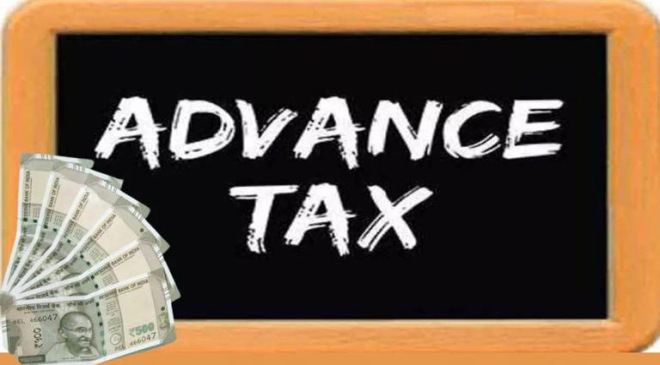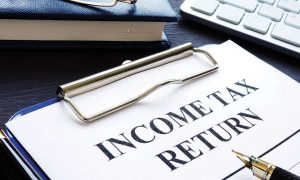All taxpayer categories, including independent contractors, professionals, people earning salaries and senior persons are subject to this income tax rule.
Advance tax is income tax paid in advance. In contrast to a lump sum payment at the end of the year, income tax assesses can file advance tax in tranches. For those looking to pay the tax income tax in advance, the last date to make the first installment is June 15.
Read More: Income Tax Standard Deduction: Don’t Forget To Claim This In ITR, Check Details Here
Who needs to pay advance tax?
Advance tax must be paid by taxpayers owing more than Rs 10,000 in taxes after adjusting for TDS for a financial year. All taxpayer categories, including independent contractors, professionals, people earning salaries and senior persons are subject to this income tax rule.
What happens if you miss the June 15 deadline?
Missing the deadline will invite penalties under Sections 234B and 243C of the Income Tax Department. If you are someone who hasn’t filed advanced tax yet, here is a quick guide on how to file, where to file and document requirements etc.
Advance tax penalty
Any underpayment or failure to make any required advance tax payments will result in additional interest cost for the taxpayer. Simply put, any shortfall or default will lead to additional burden for the income tax assessee.
In case of a late payment, for each month, Section 234C assessees have to bear a one per cent interest levy on the shortfall in the installment amount. A margin of up to 10 per cent is permitted on the overall tax.
Remember: part of a month is also counted as a full month for the calculation of interest thereby applicable.
Here’s how the advance tax is calculated on the basis of the expected tax liability of the year and is paid in installments:
-At least to 15 per cent – On or before 15 June
-At least to 45 per cent – On or before 15 September
-At least to 75 per cent – On or before 15 December
-At least to 100 per cent –On or before 15 March
In the case of the eligible assessee as referred to in Sections 44AD and 44ADA:
100 per cent – On or before 15th March
Here is a step-by-step guide for calculating your advanced income tax liability:
Step 1: Determine the taxpayer’s income for the financial year. These are the income categories that should be considered when calculating earnings:
-Income from FDs, savings accounts, other investments
-Capital gains
-Professional earnings
-Rental earnings
-Minor’s earnings (the taxpayer’s liability)
-Other sources of income
Step 2: To calculate gross taxable income, add the salary to the figure above.
Step 3: Determine tax liability by using the most recent income tax slab that applies to the taxpayer.
Step 4: Using the TDS slab, subtract the TDS deducted.
Read More: Income Tax Return Filing: Avoid penalty, scrutiny and notice by following these steps
How to pay advance tax online
Step 1: Visit the official income tax department’s website, incometax.gov.in/iec/foportal/
Step 2: Click on the ‘e-Pay Tax’ link in the “Quick Links’ section on the left side of the main page. You can also find ‘e-Pay Tax’ by using the search box.
Step 3: Enter your PAN on this page, type it in again to make sure. Then type in your mobile number and press the ‘Continue’ button.
Step 4: Enter the six-digit OTP that was sent to your cell phone and click ‘Continue’.
Step 5: Choose the first box marked ‘Income Tax’ and click/tap on ‘Proceed’.
Step 6: Click ‘Continue’ after selecting ‘Assessment Year’ as ‘2024–25’ and ‘Type of Payment’ as ‘Advance Tax (100)’.
Step 7: Enter the required tax details.
Step 8: Select the payment method and the bank and hit ‘Continue’.
Step 9: Preview the challan details and click on ‘Pay Now’ (you may ‘Edit’ these details if required).
Step 10: After completing the payment, you will get an acknowledgment on the next screen. You can see the BSR code and challan serial number on the right side of the challan.
Remember to save a copy of this tax receipt for future reference. You will need to enter the BSR code and challan number in your tax return.



































